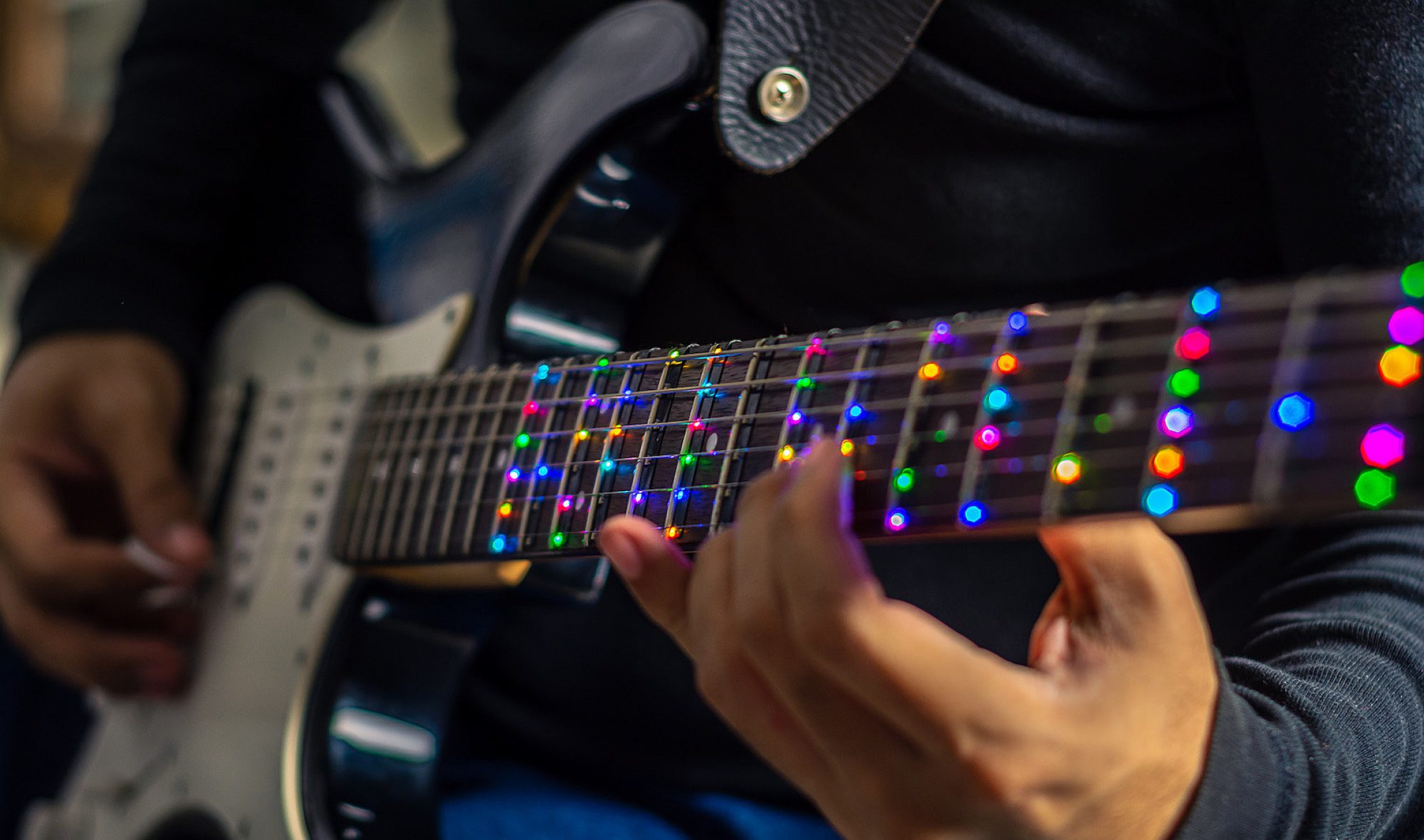Since last update, I have nearly polished the embedded software and nearly done integrating wish Ashwin. I finished the performance mode, which involved continuously lighting LEDs on and off, and determining the user’s note accuracy as well as timing accuracy. I also compute accuracy feedback in training mode. I can send these over UART to Ashwin, and he can successfully receive it.
We ran into issues with the python webapp inconsistently receving the statistics. We realized this was due to imporper use of the Teensy and Python serial API. On the Teensy side, we discovered writes with the “.write()” method only send a single byte or string, not an integer (it will cast to a byte). Furthermore, the result of “.print()” if buffered until a newline is sent, even for the HWSerial interface (I though it was just like that for regular Serial). On the Python side, I idenfiied and fixed issues with imporperly parsing the bytes from the Teensy.
Besides the file length, Ashwin added tempo and playing mode information to the preamble of the notes file he sends me. I am able to correctly parse this and have it affect the User Experience’s opertaion. Thus, we don’t need to hardcode the user experience mode; they user can select it from the website and the Teesny will act accordingly.
We also ran into issues with the Teensy seemingly freezing (it would not appear to react to signals from the RPi) when we tried to send it a song after the first send. After drawing out the signals on a whiteboard and adding strong assertions to narrow down the issue, I realized the source of the problem was improperly sending digital inputs to the state machine.

I was only reading 1 digital pin for each state when I shoudl be reading all 3, since some states can transition to other states based on more than 1 interrupt. After making this change, we didn’t observe the Teensy freeze.
The main task left is working out a bug with some LEDs never turning off in certina songs (we suspect this is due to chords where simulatneous notes don’t leave any time inbetween the constituent notes to detect whe nthe note is about to end before the next one starts).
